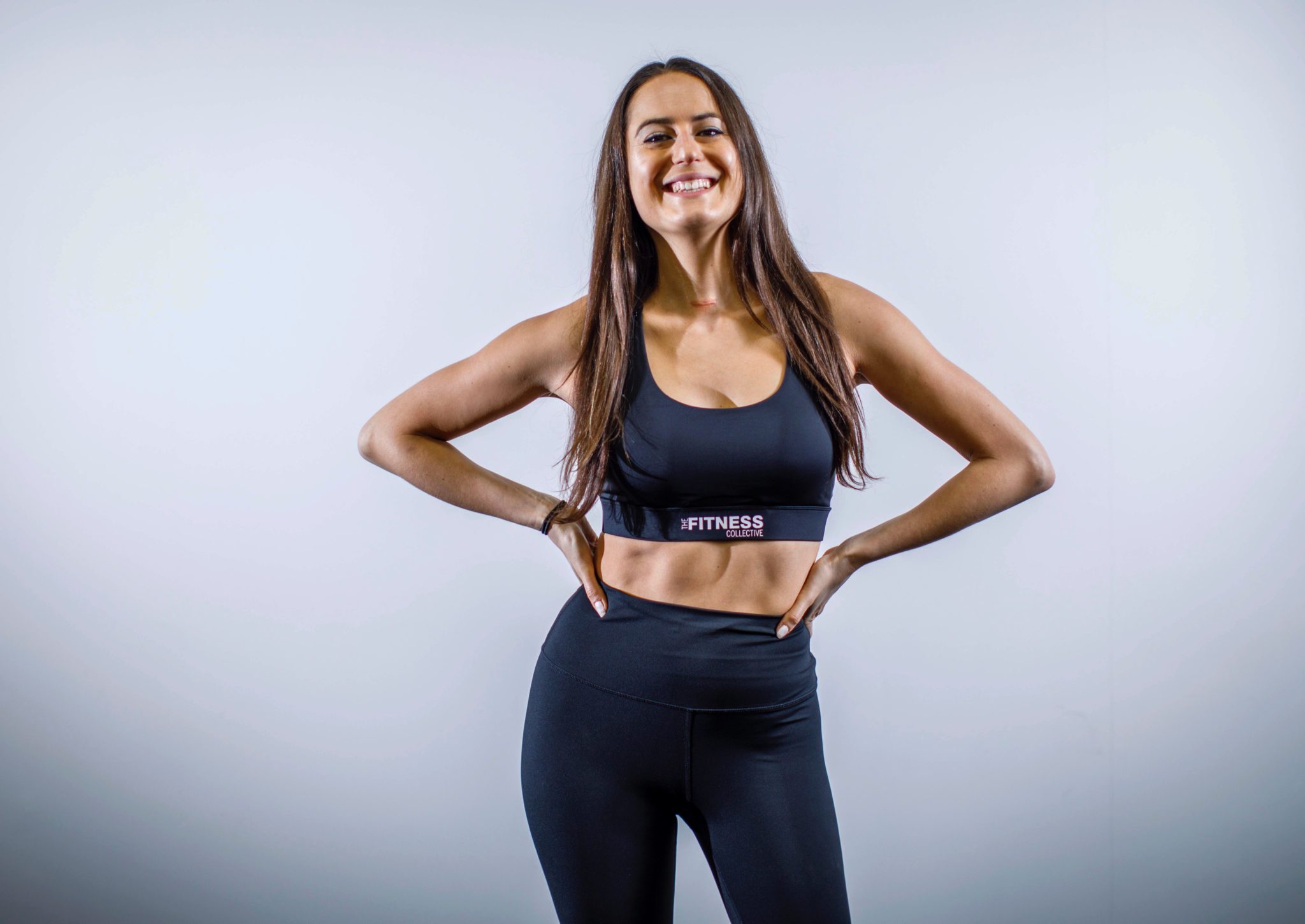Last December, I had a hemithyroidectomy, removing half of my thyroid, after my doctor diagnosed a nodule in it as “suspicious”. I was shocked when he gave me the results after the operation, “Sylvia, it was cancer”. Needless to say, this marked a change on a personal and professional level, as I work as a Fitness & Health Coach and dancer. Now, after 6 months of recovery, I am happy and proud to share my story and tell you how it made me stronger, both physically and mentally.
My fitness journey
There were many barriers on my way to getting back to my usual fitness activity. Having half of your thyroid removed brings constant fatigue. The hormones I was taking to make up for my hypothyroidism had to be adjusted and, of course, there was a scar to take care of and heal.
After two weeks fully resting post-operation, my surgeon advised me that regular activity such as walking and light movements was tolerated. A month later, I was back teaching my dance classes. Eventually, I returned to my favorite activity of cycling daily to the multiple gyms where I teach classes and do PT sessions with clients and I built it up from there.
Three months post-operation, locked down at home during COVID-19, I increased the frequency of my weekly body workouts but still avoided strenuous activity to prevent the scar from tearing. Now, six months after my operation, I have finally started lifting light weights to gain back the strength lost during recovery.
It is a fine balance. Go too quickly too soon and you might slow down the scar treatment. Going slowly and following healthcare professionals’ advice is important on the road to full recovery.
Nutrition to support wound healing
Following a thyroid-friendly diet that is also good for scar healing, I focused on nutrients which help with collagen formation and new tissue growth. I combined nuts and seeds, as a good source of these essential minerals, with vegetables, fruits and lean protein to ensure I have enough to repair and make new tissues and cells to heal my scar. I ensured I ate three nutritious meals and a minimum of two snacks daily, with plenty of water, helping deliver the energy my body needed to build new tissues.
Body confidence
Coping with a pretty visible scar can be hard, but the way you react to it will make a difference in your mental recovery. Having a scar on my neck was one of my main worries. Eventually, I learned to take care of it and accept what happened, I even started to be happy with the scar healing progress and I finally feel proud of how lucky I was to have detected the cancer on time and living with a scar that tells my story.
Scar management and treatment
Any surgery is a shock to your body, and a scar comes along with it, so as soon as my wound was closed, I adhered to a good scar management routine, including cleaning and daily massage in the mornings and evenings with saline solution, and then when the skin is dry, I apply KELO-COTE ® 15g Scar Gel, an advanced silicone-based scar treatment, clinically proven to reduce the appearance of scars. I took it on the go with me for my evening fitness class where I applied it after showering, when my skin had dried, to keep my scar protected after sweating.
Choosing an advanced treatment is essential for a long-term beautiful scar, and portability is important if you travel frequently.

